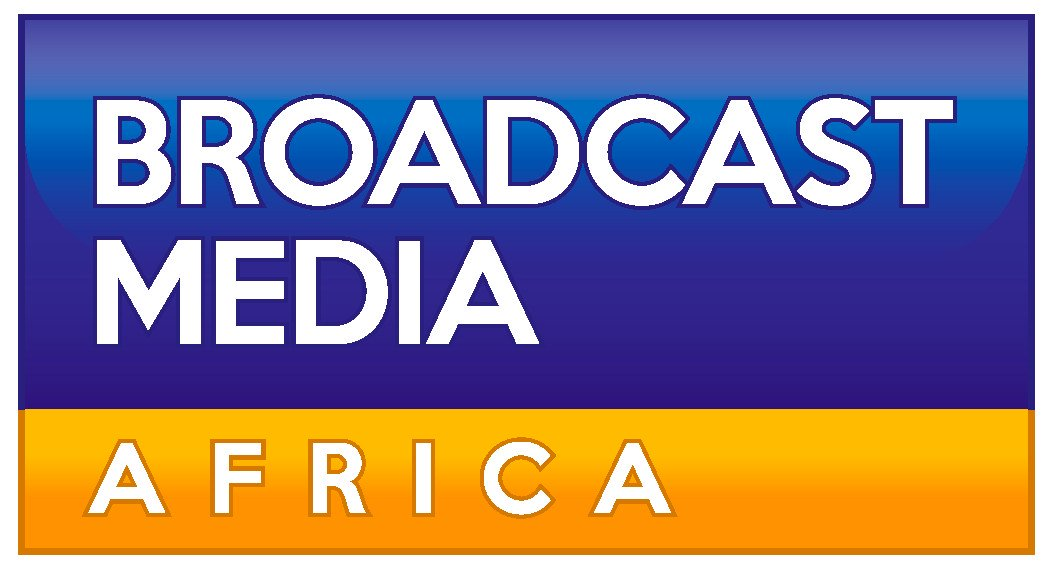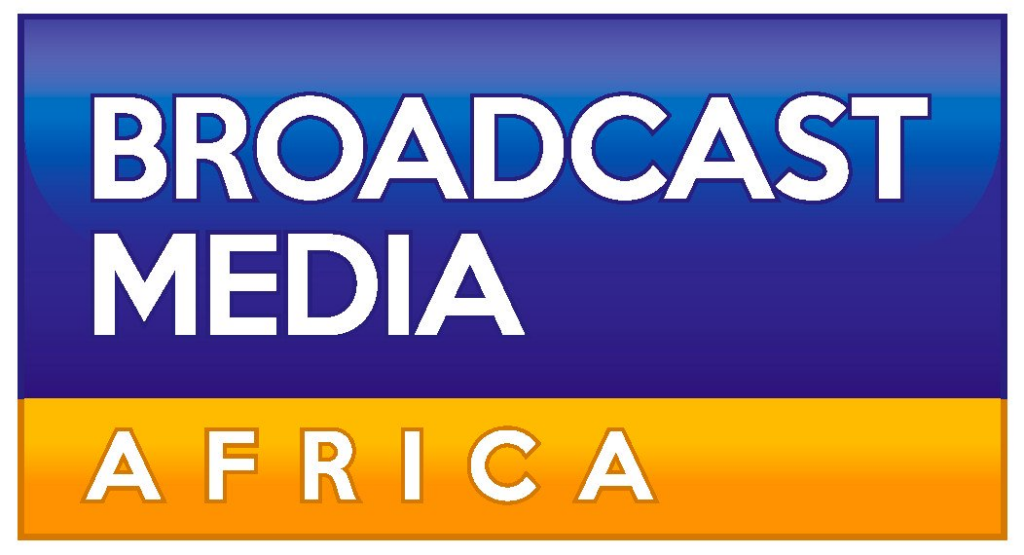
While fans around the globe eagerly anticipate the next FIFA World Cup, few will spare a thought for the invisible technology that makes it all possible. Yet, according to the National Association of Broadcasters (NAB), it’s time we paid closer attention – because that critical infrastructure is under threat.
In a recent blog post titled “Spectrum: The Hidden Infrastructure Behind Major Sports Broadcasting”, Alison Martin, NAB’s Vice President of Innovation and Strategy, lifts the curtain on the unsung heroes of global sports coverage: the C-band satellites and 6-GHz Broadcast Auxiliary Services (BAS). These frequencies, largely unknown to the public, are the lifeblood of seamless, high-definition sports broadcasting across continents.
Martin warns that regulatory shifts – particularly in the United States – could compromise this balanced system. “When the world tunes in by the billions to watch the World Cup, they’re not just witnessing sporting brilliance,” she writes. “They’re also relying on one of Earth’s most intricate feats of spectrum coordination.”
The issue lies in recent decisions by the Federal Communications Commission, which has opened up the entire 1,200 MHz of the 6-GHz band to very low-power and unlicensed devices, including the latest generation of Wi-Fi equipment. Despite objections from broadcasters and other stakeholders, the rules were passed, raising serious concerns about interference.
Imagine, Martin suggests, managing over 30 wireless broadcast cameras during a World Cup final, only to find your professional-grade signals colliding with a flood of consumer Wi-Fi devices operating legally in the same spectrum. Though regulations insist these unlicensed devices must not cause “harmful interference”, broadcasters argue that such interference is already happening – proving extremely difficult to trace, let alone resolve in real-time.
Indeed, broadcasters have reported unexplained disruptions in several major venues – including NFL and MLB stadiums and college basketball arenas. Suspicions point to unlicensed 6-GHz activity as the culprit, yet definitive proof is elusive.
To cope, broadcasters are leaning more heavily on a 2-GHz spectrum, but that band is shared with the U.S. Department of Defense, compounding an already intricate juggling act.
Martin’s message is clear: spectrum policy is far from abstract. It is, in fact, a high-stakes game with profound implications for how the world experiences live sport. As regulators weigh up future decisions, they hope to keep one eye on the pitch and the other on the frequency chart.


















